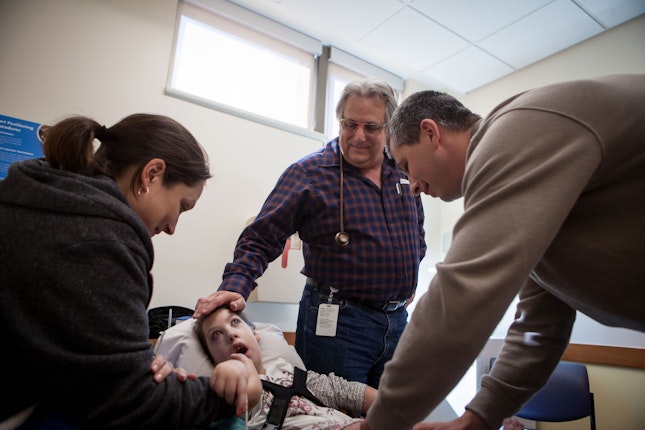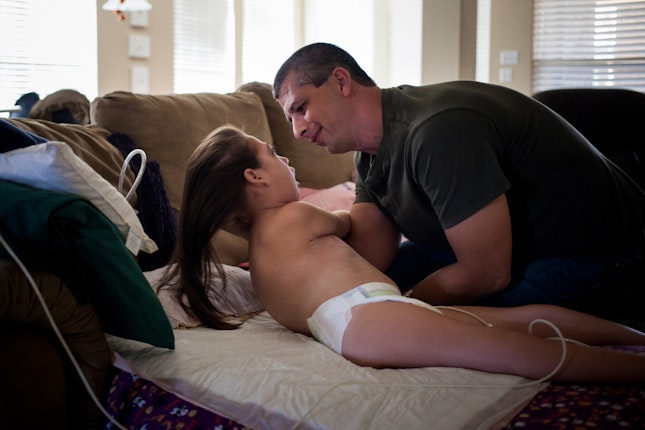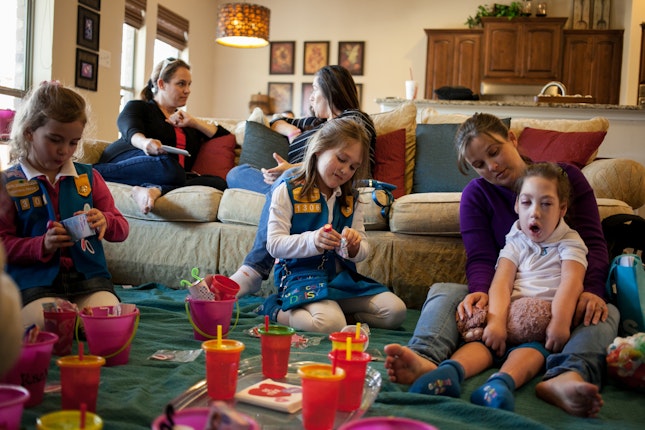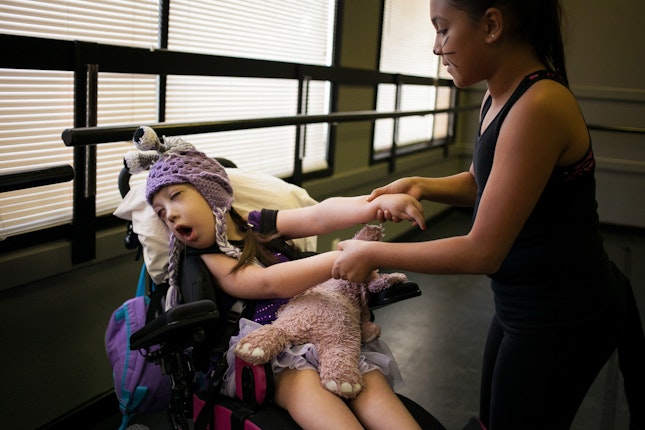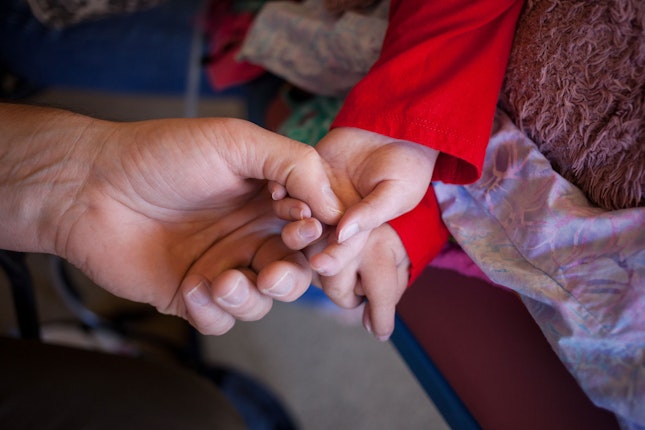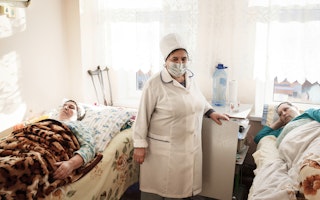Children Around the World Aren’t Getting the Palliative Care They Need
By Joan Marston
Sally was a hospice patient of mine who lived in Bloemfontein, South Africa. She was 10 years old when she was diagnosed with a brain tumor. Despite treatment, the tumor remained and her prognosis dimmed. Her medical team did not see the need for palliative care, despite her increasing weakness and blindness from the pressure of the tumor, and refused to refer her for palliative care until her parents insisted, as they struggled to cope with her deteriorating condition.
The essence of palliative care is the relief of suffering for the body, mind, and spirit of those facing life-limiting illness and disability. It includes expert care to ease pain and other distressing symptoms, and emotional, social, and spiritual support. In short, it seeks to improve the quality of life of the patient and those around them.
For children, this means opportunities to learn and receive formal education, socialize with friends, and develop to the best of their ability. Play, art, and music are essential elements in children’s palliative care. Health care workers need to have the skills to respond to the child’s changing development.
Once Sally began receiving palliative care, she was again able to participate in school activities. With guidance, her friends supported her and showed her compassion, even when she was bedridden. Sally was able to express her emotions through discussion and music, and speak about her spiritual concerns. Though her parents found it difficult to discuss their emotions, they were able to speak to counselors.
Sally died peacefully with her family and friends beside her. The impact of her experience on her doctors was profound. Recognizing the benefit of palliative care, the pediaric department now has a pediatrician appointed to provide it.
When a child is in pain or suffering, our instinct is to give comfort and support. Yet research conducted by my organization, the International Children’s Palliative Care Network, found that more than 21 million babies, children, and young people across the world are living and dying with serious, life-limiting conditions. Few have access to palliative care to relieve their pain and suffering.
There are many reasons for this. A lack of services is one part of the problem, with few health care workers trained in this field, and others often unaware of the benefits. Another is that many clinicians are fearful of prescribing opioids; parents believe pernicious myths about morphine—that their child will become an addict, or stop breathing—due to lack of both professional and community education. Finally, a surprising factor is denial—despite our instinct to provide children comfort, people find the death of a child so distressing that they turn away. This includes medical professionals who refuse to recognize the benefits of palliative care for young patients.
These deficits remain despite the clear and compelling human rights case for palliative care. A new Open Society fact sheet summarizes this, and the UN Special Rapporteur on the Right to Health included a call for children’s palliative care in a new report to the Human Rights Council [PDF].
For the past ten years the International Children’s Palliative Care Network has brought together caring individuals and organizations to advocate for voiceless children and to educate health care workers and families on providing palliative care. This has resulted in new children’s hospice and palliative care programs around the world, including the groundbreaking on October 10 for the first children’s hospice in the Republic of Georgia, supported by Open Society and led by its Georgian foundation.
The provision of good children’s palliative care does not require vast amounts of money, but it does need the full support of caring individuals, education of health care workers, and policies on palliative care for children to be integrated into health care systems. We all need to learn more, care more, and do more to relieve the suffering of these vulnerable children, and we need to do it now.
For these children there is only now.
The International Children’s Palliative Care Network is a grantee of the Open Society Foundations.
Joan Marston is CEO of the International Children’s Palliative Care Network.
